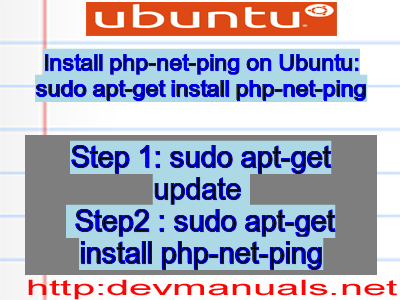

$ sudo apt-get install libmemcached-tools To get the Memcached library files installed inside your Linux machine, you just need to run the following apt-get terminal script in your machine. The library files and configurations can build up the initial settings for PHP cache in memory. Here, now in this step, we are going to install the library files for Memcached in our Ubuntu Linux. Step 3: Installing the memcached Library Tools on Linux Telnet is a terminal command script that can print the information of a duplex connection. We can check the running status information of the Memcached form the localhost address by using the Telnet terminal command. Now we can run the grep commands from the terminal shell to get detailed information about the present status of the Memcache of our Ubuntu Linux. You can use the following settings to test the memcached system in the localhost address. The default port of Memcached for the localhost address is 11211. You can use the following setups for better performance. We are going to use the Nano script editor to edit the Memcached configuration file. Now, you have to open the Memcached configuration file to edit save the settings. To check the default port of Memcached, we can use the -h terminal command following the Memcached command.

Step 2: Configuring the memcached on Ubuntu LinuxĪfter installing the primary extension package of the Memcached on Ubuntu, now you need to configure the Memcached settings with our desired settings. Later we will take care of the rest of the parts. For the beginning, we are just trying to install the Memcached primary extension set up on my Linux machine. We are going to use the apt-get CLI to install the memcached on our Ubuntu Linux. You must have to open your terminal command shell to get the extension. Installing the Memcached on Ubuntu Linux is lucid and straightforward. Step 1: Installing the memcached on Ubuntu Linux In this post, we are going to see how to Install and configure Memcached on Ubuntu Linux. But if you are using the traditional HDD, it’s urgent and necessary for you to enable the Memcached extension to boost up your website or applications. The web data of a website is usually temporarily stored inside the SSD then, the process happens inside the memory chip. You may ask, do I need setting up and enabling the Memcached if you are using an SSD? The answer is here, though the SSD’s have dynamic random-access memory (DRAM) inside the board, the cache speed process is way better in RAM than SSD. Well, the memcached is not only meant to be used with the PHP framework, but it can also be used with Perl, Python, Ruby, C++, or Javascript.


 0 kommentar(er)
0 kommentar(er)
